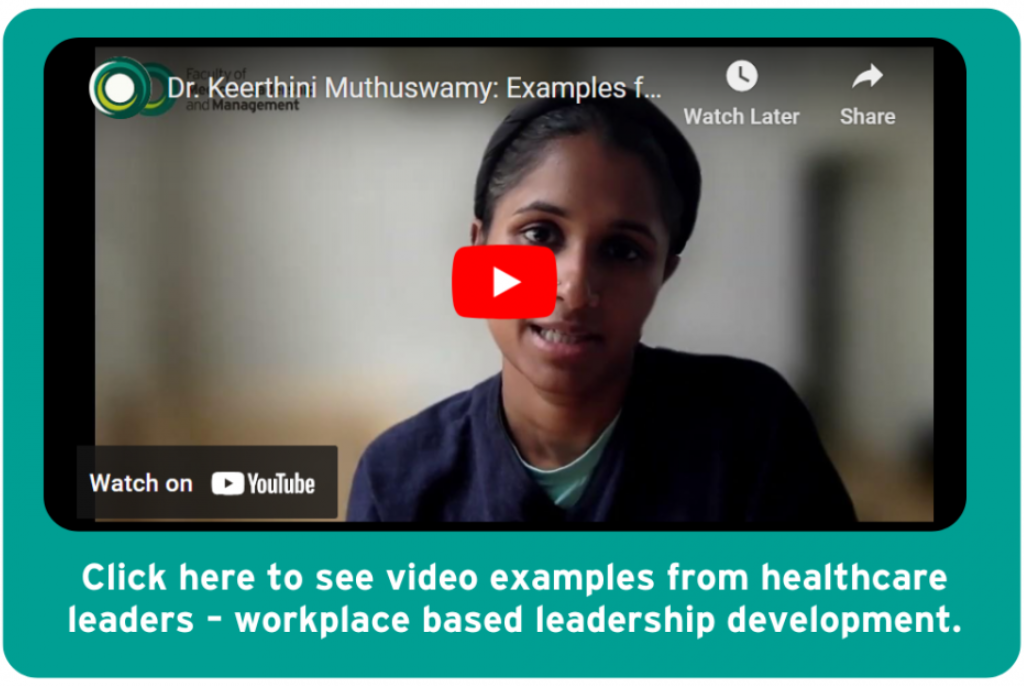On this page
The term ‘leadership’ has multiple definitions. In this context it refers to the combination of leadership, management, and followership activities that individuals and groups undertake in their daily work (the ‘leadership triad’).
It is important to bust some highly prevalent ‘leadership myths’ which can stifle group and individuals’ leadership development. Research corroborates an emerging consensus on what leadership is, and what it isn’t.
- Leadership is a social construct; how leadership and leaders are seen varies across and between cultures and time.
- Leadership is a set of activities; it isn’t all about a position or role or being a senior person in an organisation.
- Leadership activities tend to focus on influencing and setting change, movement and direction.
- Management activities are essential to ensure that organisations and services remain functioning, providing stability even during major change.
- Management and managers are not on ‘the dark side’; management is essential for the effective running of any organisation or service and doctors routinely undertake a wide range of management activities.
- Followership provides both support and challenge to the leader and (along with management) helps move ideas into action and co-creates innovation and emergent change.
- Leadership and management development is therefore important for all doctors at all career stages.
How is leadership learned?
- One can learn to be a better leader, but you need to have a mindset that is open to experiences, opportunities, ideas, perspectives, and growth and be willing to seek out opportunities, reflect on and learn from mistakes.
- ‘Learning leadership’ requires a combination of new or challenging experiences, exposure to different perspectives and supported reflection.
- Leadership development in the workplace is vital, it’s not all about attending courses!
Workplace leadership development
The literature on medical leadership and management is extensive. There is a growing movement towards supporting effective workplace leadership development rather than relying on programmes.
The literature review on workplace learning and assessment for doctors carried out as part of this project highlighted an emerging consensus around the following:
- Active/experiential methods of learning (e.g., service improvement projects, small group work etc) are most effective (Geerts et al., 2020).
- Learning needs to be connected to real life practice in the workplace, geared around equipping doctors with the knowledge, skills, broad-ranging flexible behaviours, and confidence to lead and manage in a range of situations and complexity (Baird et al., 2018).
- Participants value mentoring and coaching which helps support their leadership development and workplace supervision for practical, real-life projects (Centre for Creative Leadership, 2021)
- Methods that facilitate engagement and application of relevant knowledge to practice appear more important than specific content; this is reassuring for trainers who do not have leadership ‘content’ knowledge.
- Assessment is best achieved through a combination of self-evaluation, reflection, workplace projects, observation and feedback.
- Formal leadership development needs to be integrated with workplace learning and assessment: leadership development is a long-term process, not an event.
All doctors, alongside all clinical and non-clinical professionals in healthcare are and can be leaders. Developing leadership helps healthcare professionals to become more effective in their roles and improves both healthcare outcomes and team interactions.
Section resources
- Videos
-
Image

- Podcast
-
- Articles, books & reports
-
Avolio, B. J., Walumbwa, F. O., and Weber, T. J. (2009). ‘Leadership: Current theories, research, and future directions’,Annual Review of Psychology, 60(1), pp. 421–449.
Faculty of Medical Leadership and Management (2020). Leadership and management standards for medical professionals, Faculty of Medical Leadership and Management, London.
General Medical Council. (2017). ‘Generic professional capabilities framework’, In General Medical Council publications.General Medical Council, London.
General Medical Council (2017). ‘Excellence by design: standards for postgraduate curricula’, General Medical Council, London.
General Medical Council. (2018). ‘Outcomes for graduates 2018’. General Medical Council, London.
General Medical Council. (2020). Leadership and management for all doctors, General Medical Council, London.
Kusurkar, R. A. (2024). ‘Inclusive leadership in the health professions and health professions education’, BMJ Leader, pp. 868.
Parry, K. W. and Bryman, A. (2013). Leadership in Organizations, In The SAGE Handbook of Organization Studies (2nd ed.). SAGE Publication.
NHS Institute for Innovation and Improvement. (2010). ‘Medical Leadership Competency Framework: Enhancing Engagement in Medical Leadership’, NHS Institute for Innovation and Improvement, Coventry.
Northouse, P. G. (2013). Leadership: theory and practice (6th ed.). SAGE
Pendleton, D., and Furnham, A. (2016). Leadership: all you need to know (2nd ed.), Palgrave Macmillan.
Radcliffe, S. (2012) Leadership Plain and Simple, Harlow: Pearson.
Swanwick, T. and McKimm, J. (2017). ABC of Clinical Leadership, Wiley-Blackwell, New Jersey.
van Diggele, C., Burgess, A., Roberts, C., Mellis, C. (2020). ‘Leadership in healthcare education’, BMC medical education, 20, pp. 1-6.
Yukl, G. A. (2013). Leadership in organizations. (8th edition), Pearson, London.
More from Leadership and Management Development and Assessment
Part 2: Practical ways to develop leadership and management skills, experience and capabilities
Part 3: Career development and professional recognition
Part 4: Assessing leadership and management skills and capabilities
